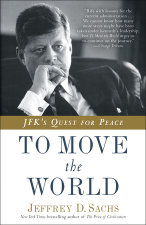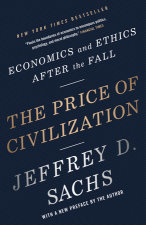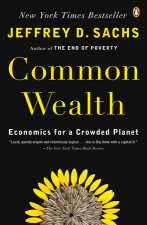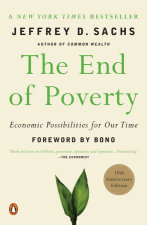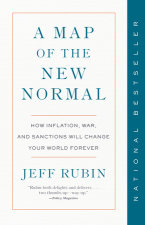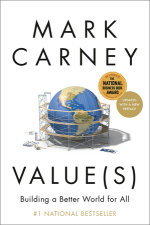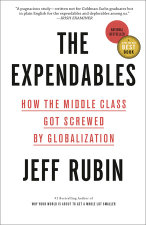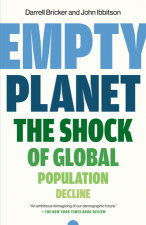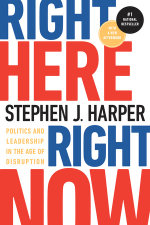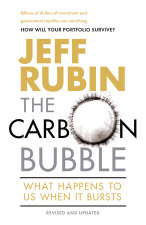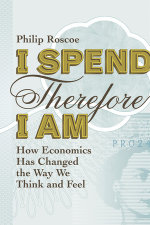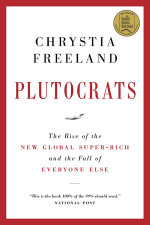Excerpt
From The End of Poverty

The End of Poverty by Jeffrey D. Sachs
Paperback
The path from poverty to development has come incredibly fast in the span of human history. Two hundred years ago, the idea that we could potentially achieve the end of poverty would have been unimaginable. Just about everybody was poor with the exception of a very small minority of royals and landed gentry. Life was as difficult in much of Europe as it was in India or China. With very few exceptions, your great-great-grandparents were poor and most likely living on the farm. One leading economic historian, Angus Maddison, puts the average income per person in Western Europe in 1820 at around 90 percent of the average income of sub-Saharan Africa today. Life expectancy in Western Europe and Japan as of 1800 was probably about forty years.
There was little sense a few centuries ago of vast divides in wealth and poverty around the world. China, India, Europe, and Japan all had similar income levels at the time of European discoveries of the sea routes to Asia, Africa, and the Americas. Marco Polo, of course, marveled at the sumptuous wonders of China, not at its poverty. Cortés and his conquistadores expressed astonishment at the riches of Tenochtitlán, the capital of the Aztecs. The early Portuguese explorers in Africa were impressed with the well-ordered towns in West Africa.
Until the mid-1700s, the world was remarkably poor by any of today’s standards. Life expectancy was extremely low; children died in vast numbers in the now rich countries as well as the poor countries. Disease and epidemics, not just the black death of Europe, but many waves of disease, from smallpox and measles to other epidemics, regularly washed through society and killed mass numbers of people. Episodes of hunger and extreme weather and climate fluctuations sent societies crashing. The rise and fall of the Roman Empire, for Arnold Toynbee, was much like the rise and decline of all other civilizations before and since. Economic history had long been one of ups and downs, growth followed by decline, rather than sustained economic progress.
The Novelty of Modern Economic Growth
If we are to understand why vast gaps between rich and poor exist today, we need therefore to understand a very recent period of human history during which these vast gaps opened. The past two centuries, since around 1800, constitute a unique era in economic history, a period that the great economic historian Simon Kuznets famously termed the period of Modern Economic Growth, or MEG for short. Before the era of MEG, indeed for thousands of years, there had been virtually no sustained economic growth in the world and only gradual increases in the human population…;
Copyright © 2006 by Jeffrey D Sachs
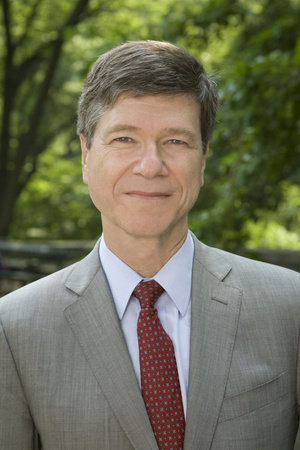
Jeffrey D. Sachs is a world-renowned professor of economics, leader in sustainable development, senior UN advisor, bestselling author, and syndicated columnist whose monthly newspaper columns appear in more than 100 countries. He was the director of the Earth Institute at Columbia University and was a special advisor to UN secretary-general Ban Ki-moon on the Millennium Development Goals, which were designed to reduce extreme poverty, disease, and hunger, a position he also held under former UN secretary-general Kofi Annan. Sachs directs the UN Sustainable Development Solutions Network on behalf of the secretary-general. He has received many honors around the world, including the Sargent Shriver Award for Equal Justice, India’s Padma Bhushan award, Poland’s Commanders Cross of the Order of Merit, and many…

